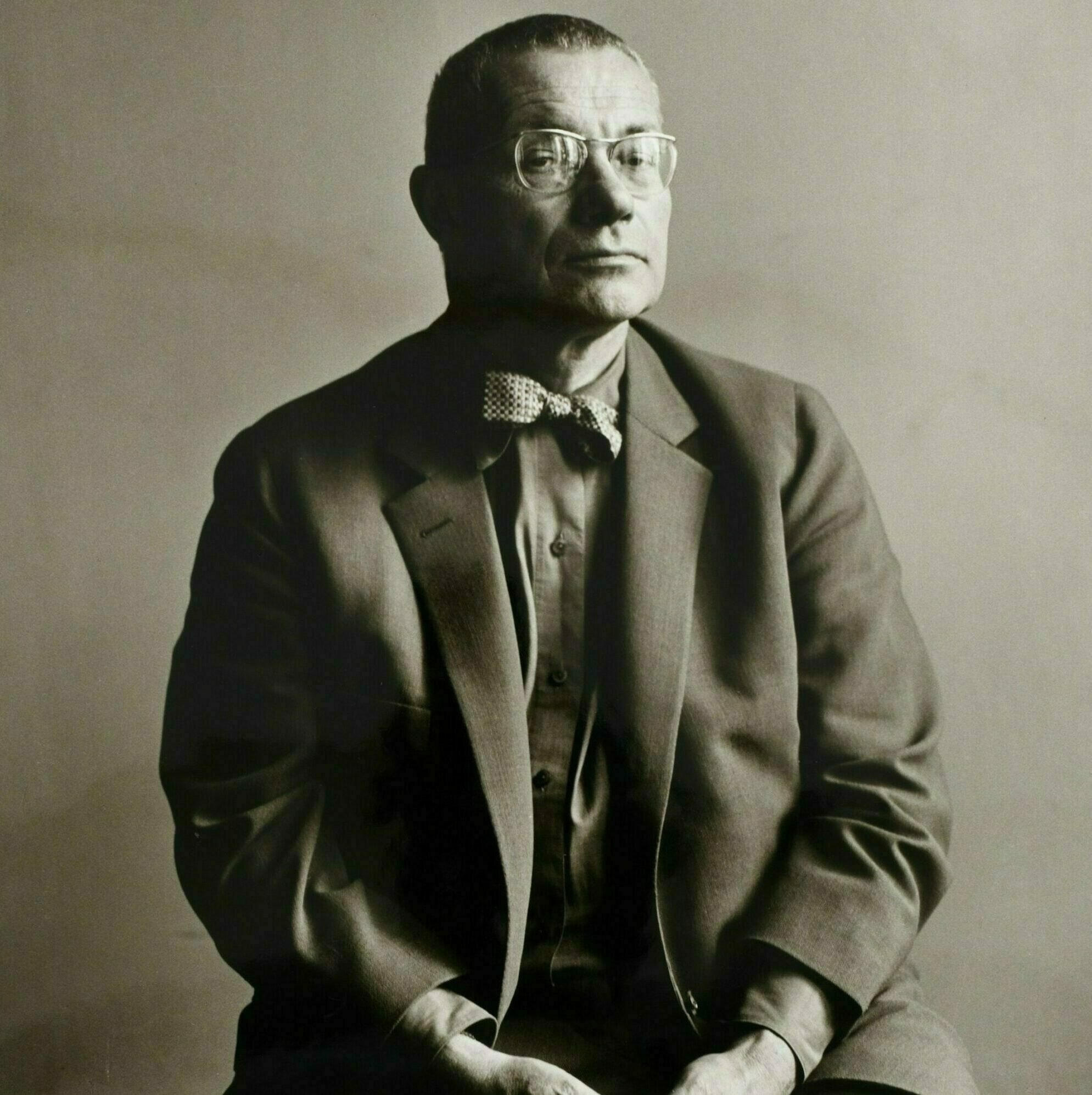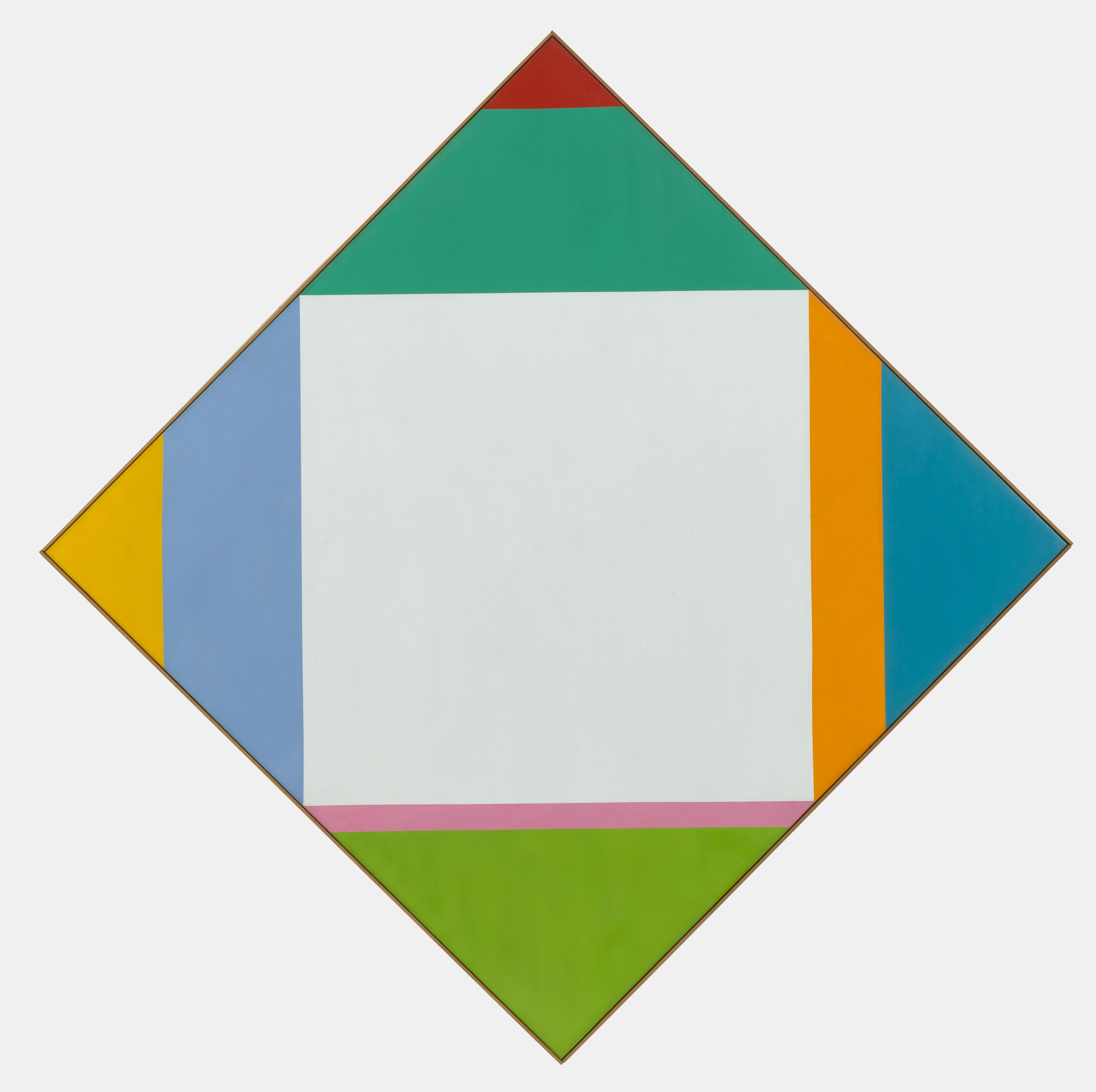Max Bill
Born in 1908, in Winterthur, Switzerland, Max Bill is a leading figure of the Concrete Art movement. Renowned for his significant contributions to the fields of concrete art, typography, and industrial design, Bill advocated for the integration of art and mathematics, emphasizing geometric purity and simplicity in his work. His oeuvre encompasses a wide range of mediums, including painting, sculpture, graphic design, and architecture.
Bill relentlessly pursued harmony between form and function, exemplified in his Bauhaus-inspired approach to design. His work reflects his commitment to precision, evident in iconic pieces such as his paintings and sculptural reliefs. Furthermore, Bill’s theoretical writings, notably his treatise « Die Konkrete Kunst » (Concrete Art), have had a profound influence on modern art theory and continue to inspire artists.
Max Bill’s legacy extends beyond his artistic achievements; his role as a teacher at the Ulm School of Design further solidified his impact on 20th-century art education. Through his innovative ideas and interdisciplinary practice, Bill remains a pivotal figure in the history of modern art and design, celebrated for his timeless contributions to the visual arts.

